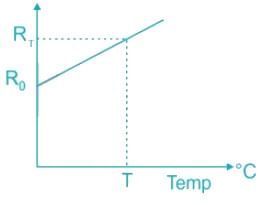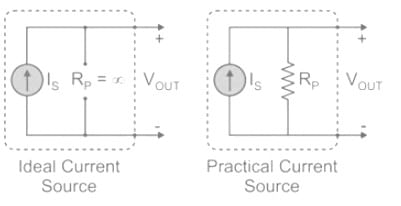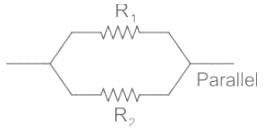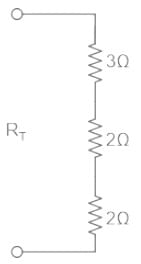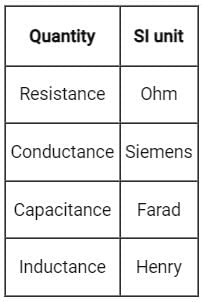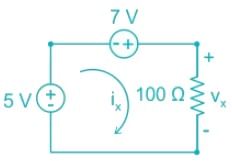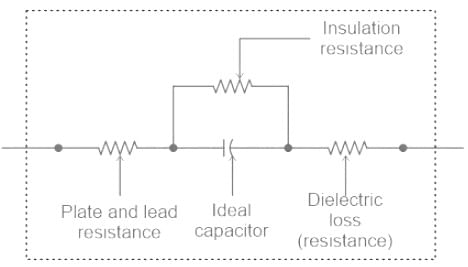Test: Network Elements - 2 - Electronics and Communication Engineering (ECE) MCQ
15 Questions MCQ Test - Test: Network Elements - 2
Which of the following materials has a large number of free electrons in it?
Two bulbs of rating 230 V, 60 W and 230 V, 100 W are connected in parallel across supply mains. Identify the correct statement.
The temperature coefficient of resistance of a wire is 0.00125 per °C. At 300K its resistance is 1 ohm. The resistance of the wire will be 2 ohms at
Determine the power delivered by the current source in the figure below:
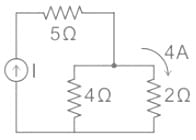
In series combination of resistance, the current through each resistance is _________.
A network of resistors is connected to a 16 V battery with an internal resistance of 1 Ω, as shown in the figure. Compute the equivalent resistance of the network.
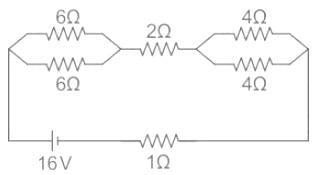
The resistance of a coil is 600 Ω. The temperature coefficient at 20°C is 0.1%. What will be the value of resistance at 50°C?
Which of the following expression correctly represents Kirchhop's Voltage Law (KVL) for the given circuit diagram?
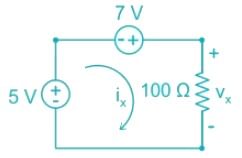
The total effective resistance of the practical capacitor is made of which of the following parameter:
- Resistance of the lead wires
- Resistance of the plates
- Insulation resistance of the dielectric
- Resistance due to polarisation of the dielectric.
Which one of the following is used as an active device in electronic circuits?
The value of the current controlled voltage source ,given β=0.8 and ia=9.5mA, is ___________






